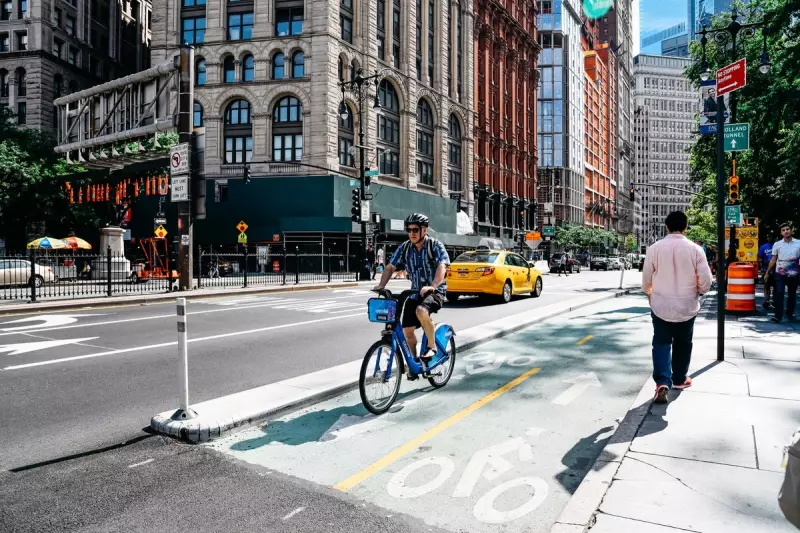
New research has exposed a stark divide in pedestrian and cyclist safety across UK cities, revealing which urban centres are putting active travellers most at risk. The comprehensive study analysed accident data and infrastructure quality to create a definitive safety ranking that will alarm many commuters and city dwellers.
The Danger Zone: Britain's Riskiest Urban Centres
Westminster emerges as the most hazardous location for pedestrians and cyclists in the entire country, with its busy streets and heavy traffic creating a perfect storm of danger. The London borough's combination of tourist crowds, delivery vehicles, and through traffic has earned it the unenviable top spot in the danger rankings.
Other London areas feature prominently in the high-risk category, highlighting a concerning pattern in the capital's transport safety record. The research suggests that cities with higher traffic volumes and more complex road systems consistently demonstrate poorer safety outcomes for those travelling on foot or by bicycle.
Safe Havens: Where Walking and Cycling Thrive
At the opposite end of the spectrum, several cities have been praised for their commitment to active travel safety. These urban centres have implemented measures that successfully protect vulnerable road users, offering blueprints for other cities to follow.
The study identifies key factors that contribute to safer cities for pedestrians and cyclists:
- Dedicated cycling infrastructure separated from motor traffic
- Pedestrian-priority zones and reduced traffic speeds
- Clear signage and well-maintained walking routes
- Integrated public transport that reduces car dependency
- Urban planning that prioritises people over vehicles
The Road Ahead: Improving Urban Safety
Transport experts are calling for immediate action in the worst-performing cities, urging local authorities to learn from the success stories identified in the research. The findings come at a critical time as many UK cities attempt to encourage more sustainable travel options while grappling with congestion and air quality issues.
The stark contrast between the safest and most dangerous cities demonstrates that significant improvements are possible with the right policies and investment. As one researcher noted, "We have clear evidence of what works - now we need the political will to implement these safety measures nationwide."
With active travel becoming increasingly important for both public health and environmental reasons, this safety ranking serves as a crucial wake-up call for urban planners and policymakers across the United Kingdom.





